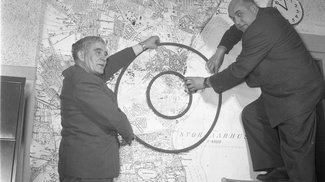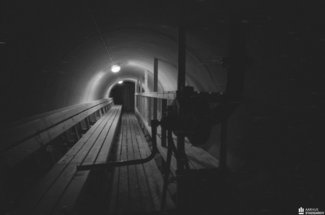Modeling Everyday Life In Cold-War Aarhus: The Plan and the Reality of Civil Defense (MELICA)
The development of the atomic bomb dramatically changed Danish territorial defense during the Cold War. National survival and the preservation of state sovereignty became a vital goal. An extensive system of civil defense was established, containing shelters, emergency hospitals, depots, refugee accommodation, and control centers. This civil defence infrastructure was a practical attempt to protect civilians from an anticipated World War 3 as well as a tangible manifestation of nuclear fear. Danish authorities aimed to provide shelters for all citizens, The goals of national civil defense were ambitious, but we do not know if the goal was realised, let alone how shelters were received in and impacted on local environments. Today. Cold War sites have become cultural heritage, but concern for public safety has returned due to the war in Ukraine and the reversal of military policy in Europe. With the return of nuclear anxiety, it is timely to ask: what lessons can be learned from earlier decades when the fear of nuclear confrontation shaped everyday life?
This project aims to suggest new ways of thinking about the local impact of the Cold War and advance state of the art Cold War history by conducting a study of civil defence built structures in Aarhus. We combine computerised tools and methods such as distant reading and agent-based modeling with close analysis of historical sources to examine how many shelters were built, when, where and why, how the shelters shaped urban space as well as testing the shelter system in a simulated emergency situation. MELICA creates a publicly accessible, enriched digital archive that facilitates future research and teaching and makes a highly pertinent topic of science available to the public.
The project will pursue the open science (OS) agenda, aiming to a) FAIRify and openly publish the project data b) use open source tools, c) build reproducible workflows; and d) embrace open access publication.
The project is funded by Augustinus Fonden and runs 2024-2026.

